Almonicid, Schlake to join forces on ‘Buck’s Backyard’ mural
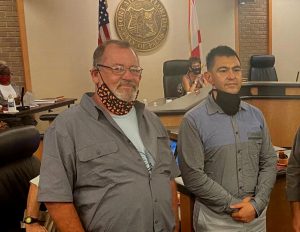 Fort Myers’ Public Art Committee has approved a plan by the Fort Myers Mural Society to have finalists JP Almonicid and Erik Schlake join forces on the Buck’s Backyard mural project that is to be installed on the block wall separating historic McCollum Hall from the adjoining residential neighborhood to the north. The ambitious 2,440-square-foot project will cover seventeen concrete panels, each measuring eight feet high by eighteen feet wide. Although the
Fort Myers’ Public Art Committee has approved a plan by the Fort Myers Mural Society to have finalists JP Almonicid and Erik Schlake join forces on the Buck’s Backyard mural project that is to be installed on the block wall separating historic McCollum Hall from the adjoining residential neighborhood to the north. The ambitious 2,440-square-foot project will cover seventeen concrete panels, each measuring eight feet high by eighteen feet wide. Although the 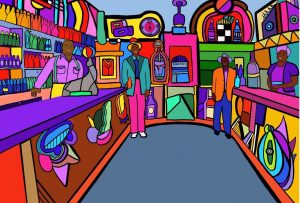 artists’ mural styles are radically different, Fort Myers Mural Society Director Shari Shifrin assured the Committee that the size and scope of the project will benefit from a blend of the design concepts that Almonacid and Schlake presented to the Public Art Committee on September 15.
artists’ mural styles are radically different, Fort Myers Mural Society Director Shari Shifrin assured the Committee that the size and scope of the project will benefit from a blend of the design concepts that Almonacid and Schlake presented to the Public Art Committee on September 15.
“The board of directors 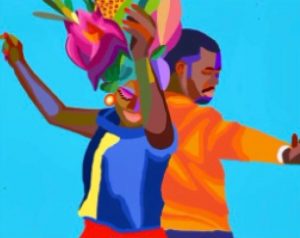 of the Mural Society really feel that we can create these 17 panels using both artists,” Shifrin told the Public Art Committee. “Some portions of this mural will complement each other while diversifying the view.”
of the Mural Society really feel that we can create these 17 panels using both artists,” Shifrin told the Public Art Committee. “Some portions of this mural will complement each other while diversifying the view.”
Almonacid credits graffiti, street and the graphic arts as influences, which is reflected in his joyful embrace of a bright and vibrant color palette. More of a realist, Schlake draws more heavily on traditional 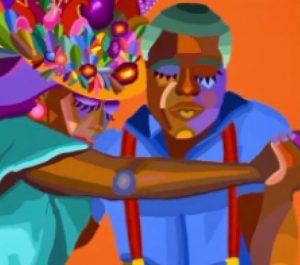 decorative art which features a more subdued and sophisticated mix of texture and color. But both artists share a deep and abiding respect for the history of not only McCollum Hall, but the Safety Hill/Dunbar community in which the two-story 10,000 square-foot Art Deco landmark thrived.
decorative art which features a more subdued and sophisticated mix of texture and color. But both artists share a deep and abiding respect for the history of not only McCollum Hall, but the Safety Hill/Dunbar community in which the two-story 10,000 square-foot Art Deco landmark thrived.
During the 1930s and ’40s, McCollum Hall was Southwest Florida’s most famous entertainment venue. Part of the “Chitlin’ Circuit,” the second-floor dance hall  hosted such internationally-renowned musicians as Count Basie, Louis Armstrong, B.B. King, Lionel Hampton, Otis Redding, Lucky Milliner and Duke Ellington and his orchestra. During these performances, area residents would gather in the parking lot, where they would eat barbeque, drink
hosted such internationally-renowned musicians as Count Basie, Louis Armstrong, B.B. King, Lionel Hampton, Otis Redding, Lucky Milliner and Duke Ellington and his orchestra. During these performances, area residents would gather in the parking lot, where they would eat barbeque, drink 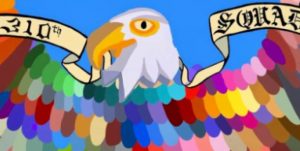 beer, smoke cigars and play along with the musicians inside on slap boxes, harmonicas and other instruments. The venue was also the site of boxing matches, dances and other social events, and during World War II the dance hall functioned as the USO for black officers and enlisted
beer, smoke cigars and play along with the musicians inside on slap boxes, harmonicas and other instruments. The venue was also the site of boxing matches, dances and other social events, and during World War II the dance hall functioned as the USO for black officers and enlisted 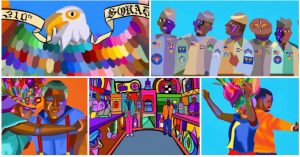 men. Over time, the area surrounding McCollum Hall was affectionately nicknamed Buck’s Backyard in honor of the building’s owner, Clifford “Buck” McCollum Sr.
men. Over time, the area surrounding McCollum Hall was affectionately nicknamed Buck’s Backyard in honor of the building’s owner, Clifford “Buck” McCollum Sr.
The designs submitted by Amonicid and Schlake both pay tribute to this rich history, and both artists spent considerable 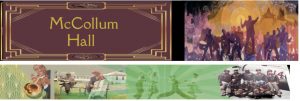 time at the Lee County Black History Society and the Williams Academy Black History Museum researching the area and the era and locating old photographs and reference material,
time at the Lee County Black History Society and the Williams Academy Black History Museum researching the area and the era and locating old photographs and reference material, 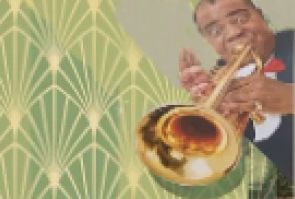 which they duly incorporated into their thoughtful designs.
which they duly incorporated into their thoughtful designs.
JP Almonicid and Erik Schlake were chosen from a field of nine applicants by a gold star five-member selection committee who scored the artists’ submissions on the basis of originality, technical ability, visibility by motorists passing by on Martin Luther King, Jr. Boulevard, style and 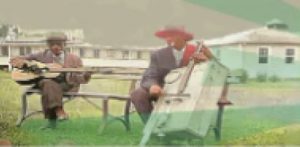 how well their designs express the Buck’s Backyard theme. The a third finalist, Michael Rosato of Maryland, withdrew from consideration citing concerns over the length of time he would have to be away from his family during the coronavirus pandemic.
how well their designs express the Buck’s Backyard theme. The a third finalist, Michael Rosato of Maryland, withdrew from consideration citing concerns over the length of time he would have to be away from his family during the coronavirus pandemic.
 A number of community members attended the Public Art Committee meeting and enthusiasm for their proposals and the prospect of the artists combining their talents to produce a cohesive design that will draw attention to the Dunbar community and
A number of community members attended the Public Art Committee meeting and enthusiasm for their proposals and the prospect of the artists combining their talents to produce a cohesive design that will draw attention to the Dunbar community and 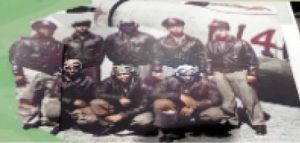 Fort Myers at large.
Fort Myers at large.
At its August meeting, the Public Art Committee moved another step closer to approving a plan that includes relocating two of the City’s Cor-Ten steel Edgardo Carmona sculptures, Duo Sinfonico or Flute Player and Sintonia 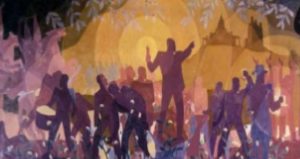 or Nostalgic Tune on the Radio, to the McCollum Hall site in an effort to convert the location into an “art hub.” In so doing, Fort Myers will join Florida cities like Miami, Tampa and Gainesville, which are bringing art and artists into residential neighborhoods to make art accessible to everyone
or Nostalgic Tune on the Radio, to the McCollum Hall site in an effort to convert the location into an “art hub.” In so doing, Fort Myers will join Florida cities like Miami, Tampa and Gainesville, which are bringing art and artists into residential neighborhoods to make art accessible to everyone 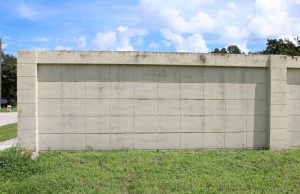 and convert previously ho-hum spaces into centers of creativity that appeal to creative class workers and residents. The McCollum Hall hub will be linked to the City’s other creative centers and outdoor public artworks through Otocast, a free mobile app that provides information, audios and maps showing the location of each
and convert previously ho-hum spaces into centers of creativity that appeal to creative class workers and residents. The McCollum Hall hub will be linked to the City’s other creative centers and outdoor public artworks through Otocast, a free mobile app that provides information, audios and maps showing the location of each 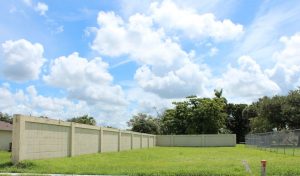 of the nearly 70 works of art that comprise the City’s growing public art collection.
of the nearly 70 works of art that comprise the City’s growing public art collection.
The City of Fort Myers designated McCollum Hall as an historic landmark in 1998 and the Fort Myers Community Redevelopment Agency purchased the property ten years later, immediately undertaking to 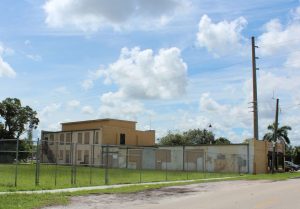 restore the property to its original grandeur. It passed the baton to McCollum Redevelopment Associates, LLC/REVA Development Corporation in 2018. The developer expects to complete the interior restoration of the dance hall and retail spaces by the end of 2020.
restore the property to its original grandeur. It passed the baton to McCollum Redevelopment Associates, LLC/REVA Development Corporation in 2018. The developer expects to complete the interior restoration of the dance hall and retail spaces by the end of 2020.
When it is placed back in service, McCollum Hall is projected to create 75 jobs (43 of which will be permanent) and introduce 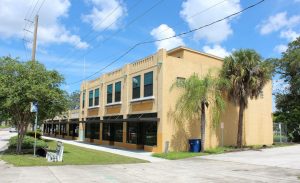 one restaurant, up to five retail spaces, and a multi-use event space to the community.
one restaurant, up to five retail spaces, and a multi-use event space to the community.
By paying homage to the property’s backstory, the mural project will compliment REVA’s restoration effort and add to the site’s storied legacy.
The Fort 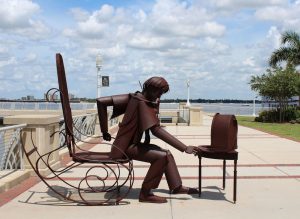 Myers Mural Society anticipates that work on the mural will begin in early January and completed on or before April 30, 2021.
Myers Mural Society anticipates that work on the mural will begin in early January and completed on or before April 30, 2021.
The Fort Myers Mural Society is a 501(c)(3) non-profit organization whose objectives include the revitalization, preservation and economic enhancement of the community through the painting of murals that depict the rich history of our 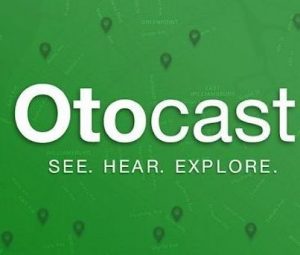 area. Murals have become a unique and appealing way of increasing tourism and improving commerce, and the Fort Myers Mural Society has been working toward this vision of artistic identity and cultural richness in Fort Myers since 2013. “Our goal is to become one of the key mural destinations for tourism in Southwest Florida,” states FMMS Director Shari Shifrin. “In the next five years, through our annual ART STUMBLE event, chalk competition and other fundraising avenues we
area. Murals have become a unique and appealing way of increasing tourism and improving commerce, and the Fort Myers Mural Society has been working toward this vision of artistic identity and cultural richness in Fort Myers since 2013. “Our goal is to become one of the key mural destinations for tourism in Southwest Florida,” states FMMS Director Shari Shifrin. “In the next five years, through our annual ART STUMBLE event, chalk competition and other fundraising avenues we 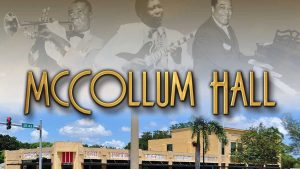 plan to facilitate the painting of several murals that will boost tourism, which results in significant tax revenues.
plan to facilitate the painting of several murals that will boost tourism, which results in significant tax revenues.
September 23, 2020.














 Tom Hall is both an amateur artist and aspiring novelist who writes art quest thrillers. He is in the final stages of completing his debut novel titled "Art Detective," a story that fictionalizes the discovery of the fabled billion-dollar Impressionist collection of Parisian art dealer Josse Bernheim-Jeune, thought by many to have perished during World War II when the collection's hiding place, Castle de Rastignac in southern France, was destroyed by the Wehrmacht in reprisal for attacks made by members of the Resistance operating in the area. A former tax attorney, Tom holds a bachelor's degree as well as both a juris doctorate and masters of laws in taxation from the University of Florida. Tom lives in Estero, Florida with his fiancee, Connie, and their four cats.
Tom Hall is both an amateur artist and aspiring novelist who writes art quest thrillers. He is in the final stages of completing his debut novel titled "Art Detective," a story that fictionalizes the discovery of the fabled billion-dollar Impressionist collection of Parisian art dealer Josse Bernheim-Jeune, thought by many to have perished during World War II when the collection's hiding place, Castle de Rastignac in southern France, was destroyed by the Wehrmacht in reprisal for attacks made by members of the Resistance operating in the area. A former tax attorney, Tom holds a bachelor's degree as well as both a juris doctorate and masters of laws in taxation from the University of Florida. Tom lives in Estero, Florida with his fiancee, Connie, and their four cats.